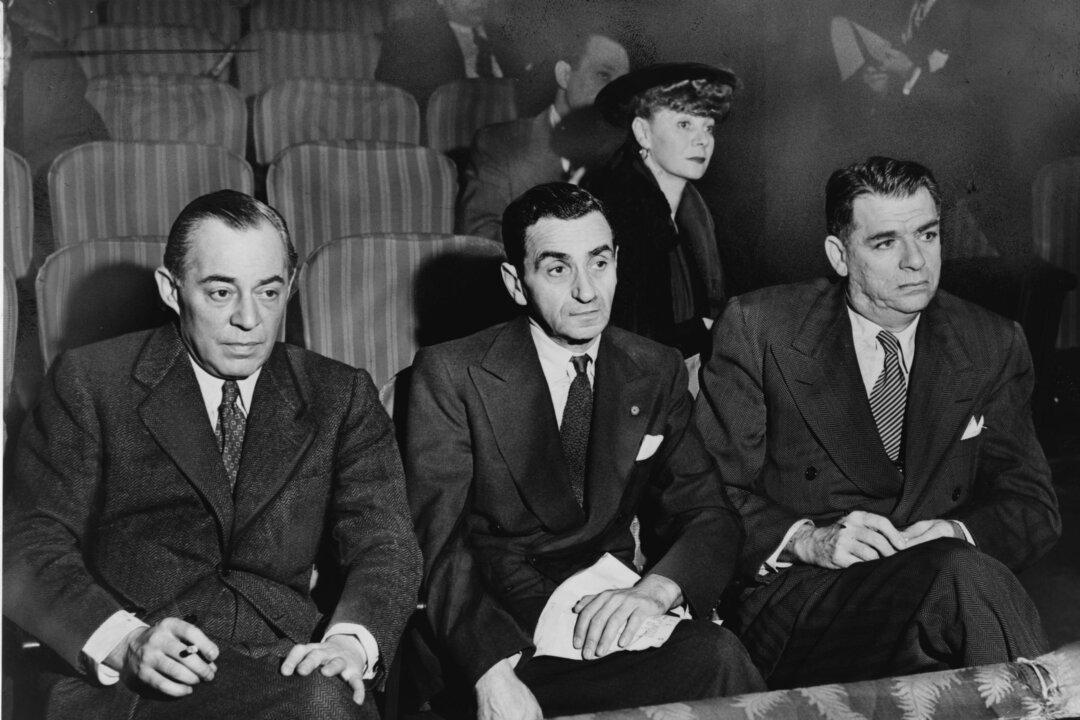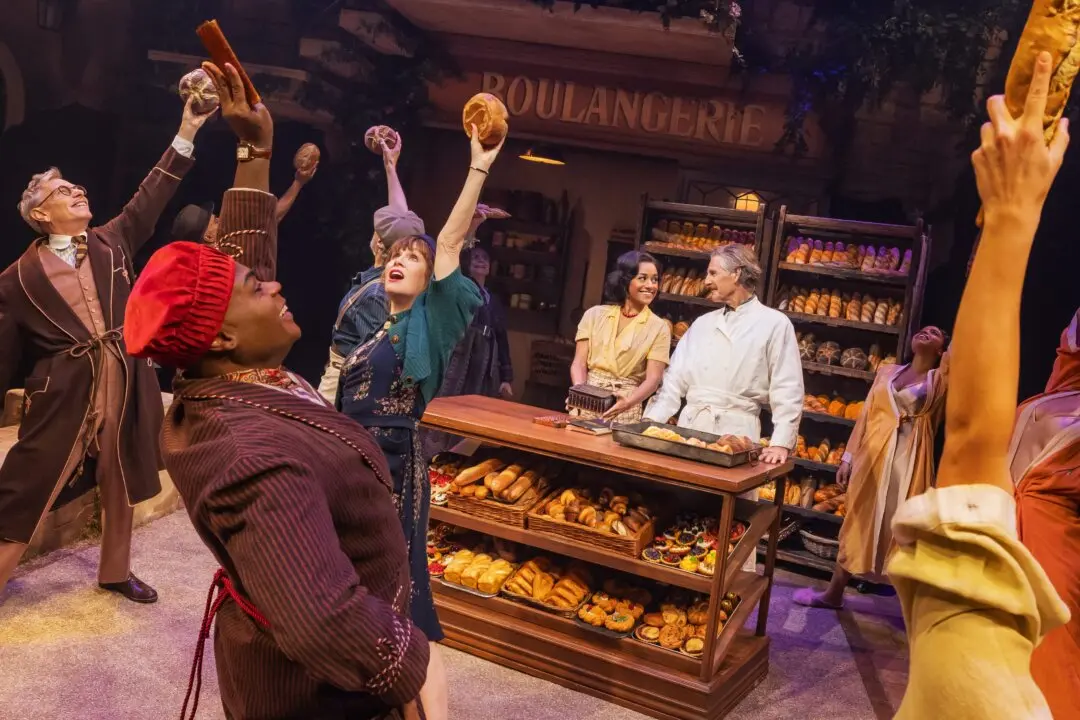It should be noted that Todd S. Purdum’s “Something Wonderful: Rodgers and Hammerstein’s Broadway Revolution” is not about composer Richard Rodgers (1902–1979) and lyricist-librettist Oscar Hammerstein II (1895–1960) per se. Rather, it’s about what happened when the two men teamed up and the theatrical magic that ensued. Yet despite all the enjoyable nuggets provided in this tome’s well-researched pages, perhaps the most interesting aspect is that for all their time together professionally, the two men never really knew each other well on a personal level.
Already well known in the field of music, both Rodgers and Hammerstein were each at a critical juncture when they decided to work together. Rodgers was coming to the end of a highly successful but increasingly tumultuous working relationship with Larry Hart. And Hammerstein, despite numerous past triumphs, had endured more than a decade of misfires, with some wondering if he had lost his touch.





